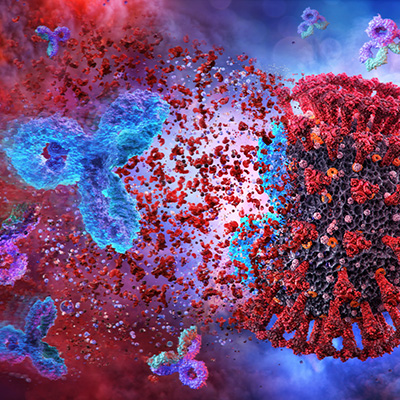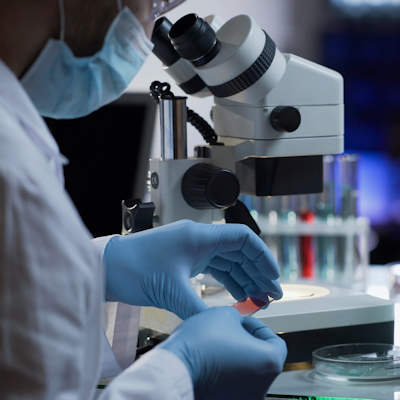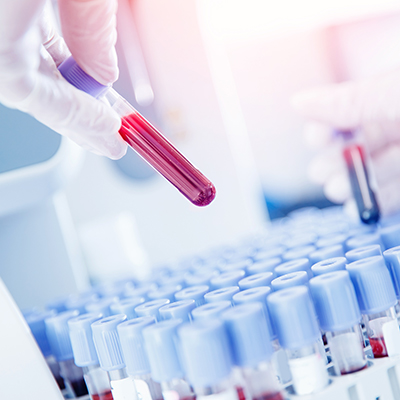October 31, 2022 -- A genetic timestamping mouse model has shown the rate at which antibody-producing cells accumulate and disappear after vaccination, which could ultimately allow researchers to be able to increase the longevity of immunity from vaccines.
Long-lived plasma cells (LLPCs) are critical to the protection provided by vaccines. The cells, which can persist for decades, produce high-affinity antibodies that provide durable protective immunity against pathogens. Earlier studies showed that LLPCs originate in germinal centers, specialized microstructures found in secondary lymphoid tissues, and relocate to bone marrow. However, questions about the timing of LLPC recruitment and the basis of their retention remained unanswered.
In a study published October 28 in the journal Science Immunology, researchers at Australia's Monash University describe their attempt to answer these questions. The collaborators used a genetic timestamping system to mark plasma cells and track the cells over time, enabling them to identify LLPCs.
The mouse model expressed a fluorescent protein, TdTomato, in cells that produced antibodies against a specific vaccine. The fluorescence enabled the researchers to see individual cells as they were made and moved to storage sites in the bone marrow. Timestamping showed when the cells were made, thereby revealing which were the persistent LLPCs that are central to long-lasting immunity after vaccination.
The model revealed that production of plasma cells began in germinal centers shortly after vaccination. Persistent plasma cells accrue in bone marrow "at an approximately constant rate" of one cell per hour for several weeks after a single immunization with a model antigen.
Over time, the researchers saw a changing pattern of VH gene somatic mutations that showed increased affinity for the antigen. The finding suggests affinity-based selection of persisting plasma cells. The work points to ways to improve the protection provided by vaccines.
"We conclude that the life span of persistent, antigen-specific [plasma cells] is in part intrinsic, preprogrammed, and varied and that their final number is related to the duration of the response in a predictable way. This implies that modulating vaccines to extend the duration of the [germinal center] reaction will enhance antibody-mediated protective immunity," the researchers wrote.
In the mouse model, the administration of a single vaccine dose triggered the production of around 40,000 persisting plasma cells in the bone marrow. The cells declined at a rate of around 0.1% a day with a half-life of approximately 700 days. The figures provide an estimate of the duration of protection. Using different vaccine combinations or delivery strategies could create a longer-lasting reservoir of LLPCs and thereby provide more durable immunity.
Copyright © 2022 scienceboard.net









